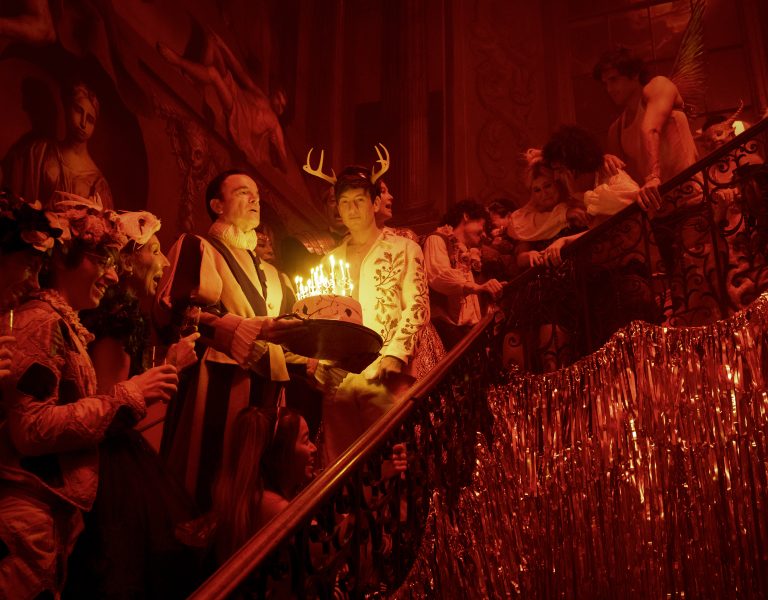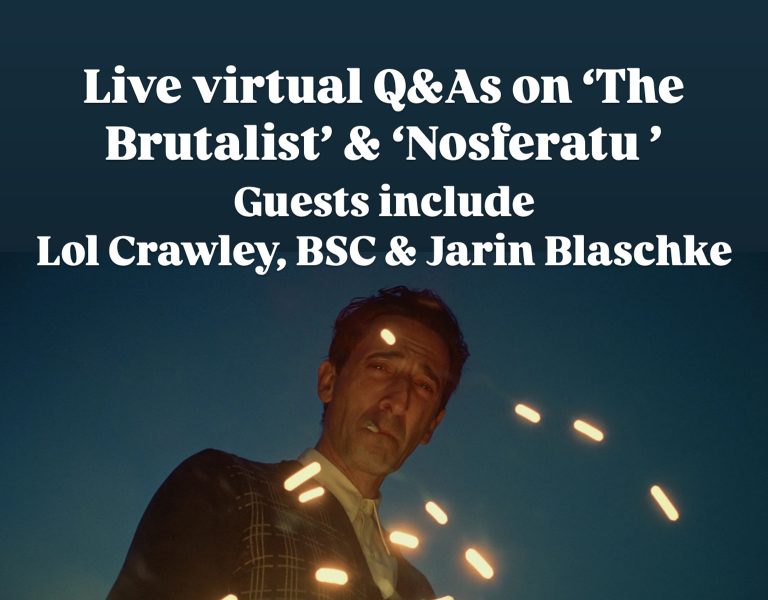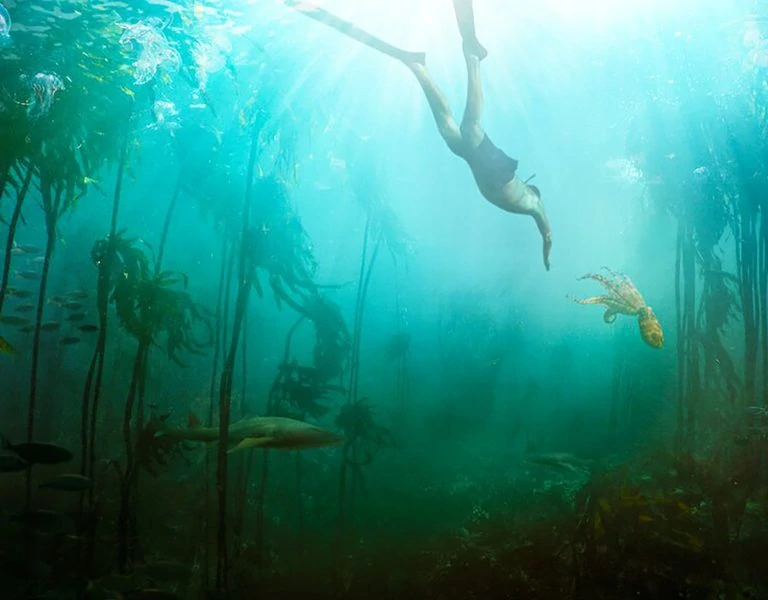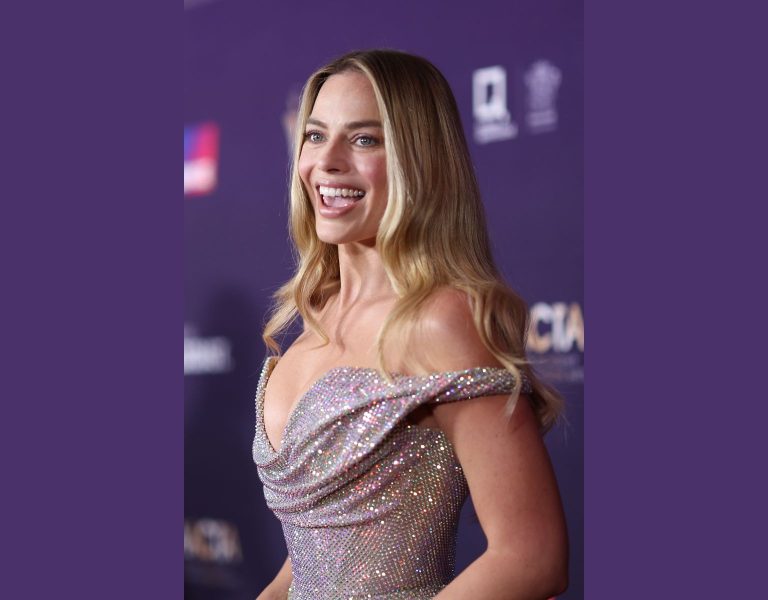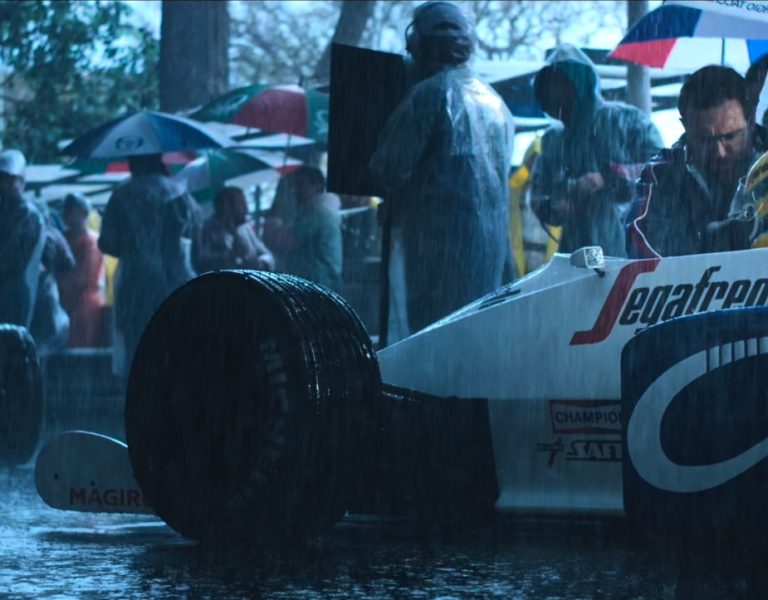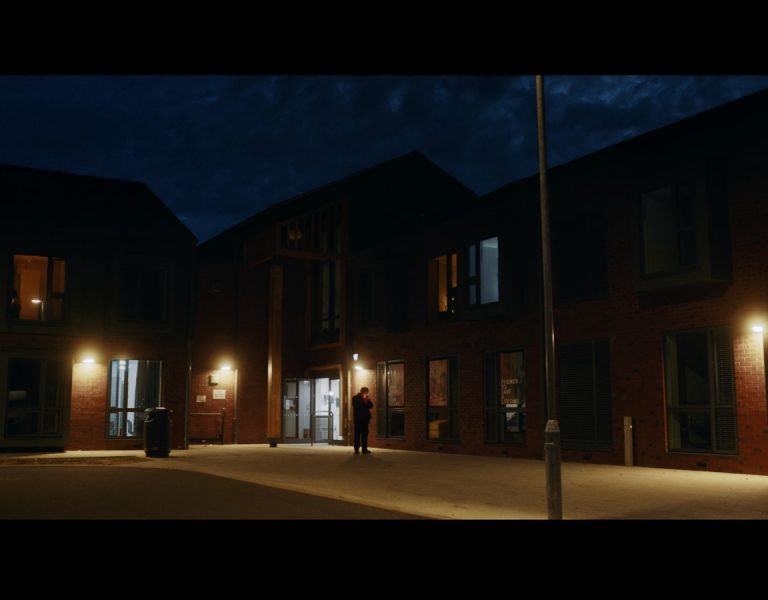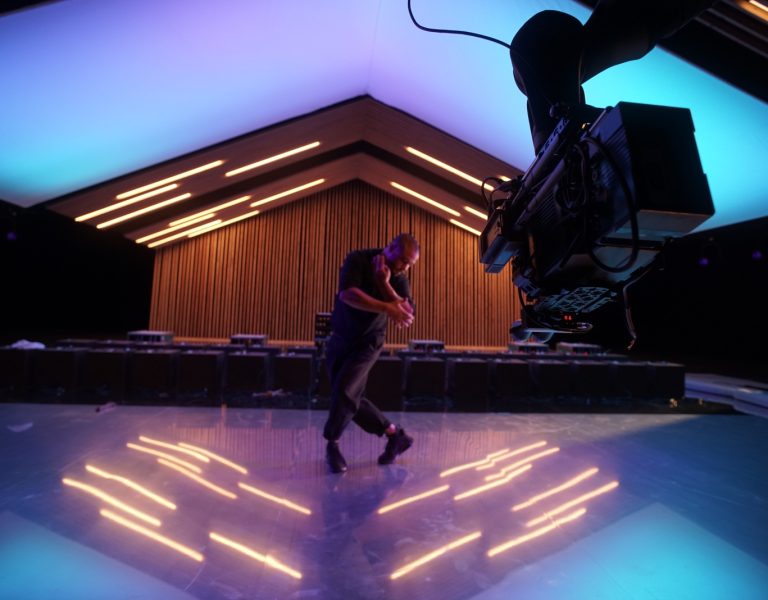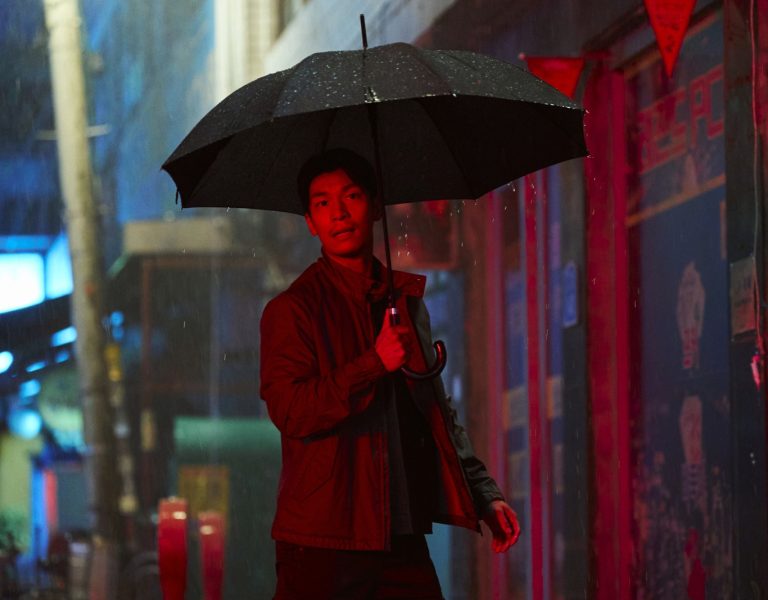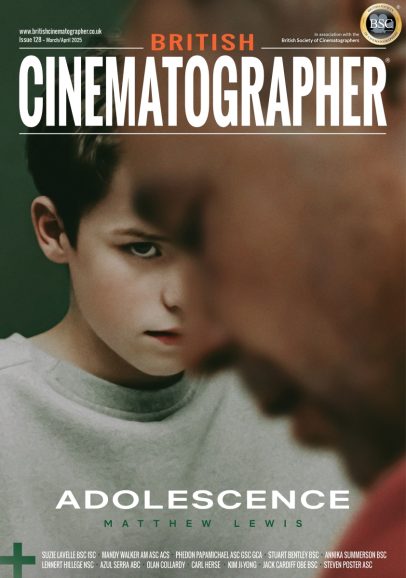NEW DIMENSIONS
Virtual production is often presented as an alternative to shooting on location; a solution for places too inaccessible, hostile or expensive to capture in actuality. But what if the “real” location actually exists virtually? London-based cinematographer Ollie Craig reveals how he shot a virtual reality video game trailer for Dimensional Double Shift.
Dimensional Double Shift is a virtual reality game from the creators of Job Simulator. Wearing a Meta Quest VR headset, players work together to run a roadside diner and garage under the supervision of AI manager ALICE. The brief for the trailer, directed by Ryan Seville, brought a strong sense of time and place with a selection of road movies and crime capers from the late ‘80s and early ‘90s. Some of the key stills in the deck I put together in pre-production came from Raising Arizona (1987), Paris, Texas (1984) and Wild At Heart (1990).
We looked at a range of lenses together, ultimately choosing Zeiss Supreme Primes for their exceptionally clean bokeh and consistent performance at different stops. We shot on Sony Venice, capturing (with the exception of some high-speed shots) 4K RAW SQ at the request of the post-production team. Although I’d shot with 2D plates on LED walls before, this was my first experience working with camera tracking and a fully 3D environment. Thankfully, the team at TrailerFarm – who specialise in cinematic video game content – brought their expertise over three days at MARS Volume to help us successfully combine the virtual with reality.
One of our biggest challenges on this shoot was exactly that: integrating lighting effects between the volume, traditional film lights and VFX elements. In recreating hard sunlight, fire and a blue pulse effect, we couldn’t rely solely on the ambient output of the volume. Tungsten may seem like an odd choice for a key light in an RGB environment, but gaffer Chris Broomfield suggested that the light output, quality and cost of a 12K fresnel made for an ideal sun. This lit the cast and practical set perfectly and although it was positioned much higher than our virtual sun, the shadow position could be matched by the VP team in Unreal Engine. The real battle was in managing the spill; careful flagging from the electrical department was needed to stop it hitting the screen directly or lowering the contrast where it bounced off the floor. This was especially difficult where the practical set merged seamlessly into the virtual one.
In my research before the shoot, I had read a lot about how to blur the line between the two worlds: having more than just foreground and background elements, lighting both spaces consistently and avoiding moiré and pixellation by keeping enough distance from the screen. What I hadn’t entirely reckoned with was how to handle a set where the same element appears both in real life and on the volume. Thanks to a detailed shot list and storyboarding (using the same 3D model that would be projected on set) we were able to work out in pre-production which shots would require the real diner frontage and which would use the volume, depending on the orientation of the shot and proximity of the cast to particular elements. This necessitated three different physical set builds over the shoot due to the physical limitations of the volume. We also spent much of the pre-light and set build day making sure the colour and geometry matched in camera – technically correct was a great starting pointing but ultimately feeling right took precedence.
I was impressed by the flexibility of working in Unreal Engine and the pace with which changes could be made, but there were surprising constraints too. Some shots were captured at 100fps without flicker or sync issues; but only if a background haze effect was turned off. Tracking whip pans at speed was nigh on impossible; we solved this by setting our start and end frames and enlarging the high-resolution viewport to cover the entire move. Occasionally, a prop on our virtual set would alias flicker along an edge; a glitch that proved easy to fix but often difficult to spot. This leads me to the facet with the steepest learning curve: working with a whole new department. With ownership of responsibilities traditionally covered by other departments – including camera, lighting, visual effects and production design – establishing a clear workflow and lines of communication was critical. When an electrician moves a lamp 20 feet to the left or an art director swaps out a red vase for a blue one, you see it happening out of shot. Outside of the viewport, a window could be made two stops brighter or an entire forest deleted and you wouldn’t know it had happened until you panned back to it. Thankfully, solving all of our thorniest problems in pre-production and working with a trusted and capable team on-set meant that it didn’t take long to feel at home in this new world.
While visual effects shots were being finalised, Ryan and I had the luxury of a day for look creation with colourist Hannah Squires. Looking at our original references again, I also brought along several photos by William Eggleston. Although the colours were more richly saturated than we were looking for, he beautifully captured the tonality of that time of day and the red and yellow of roadside diners across the US. Hannah dialled in a subtle chromatic aberration at the edge of the frame, an effect that I would have loved to have achieved practically but was unfeasible due to post-production time constraints. This, along with a subtle film grain, really helped unify the real, virtual and VFX elements. This production always felt ambitious and I’m so glad we were able to achieve everything that we set out to from the start. It really emphasised for me the importance of storyboarding and of clarity in communication across departments; especially when working in new ways. It was great to be pushed out of my comfort zone as a cinematographer – and to be reminded how much I love being in an industry where we never stop learning.
